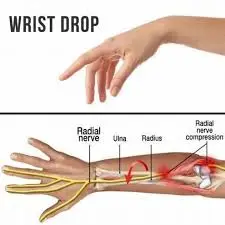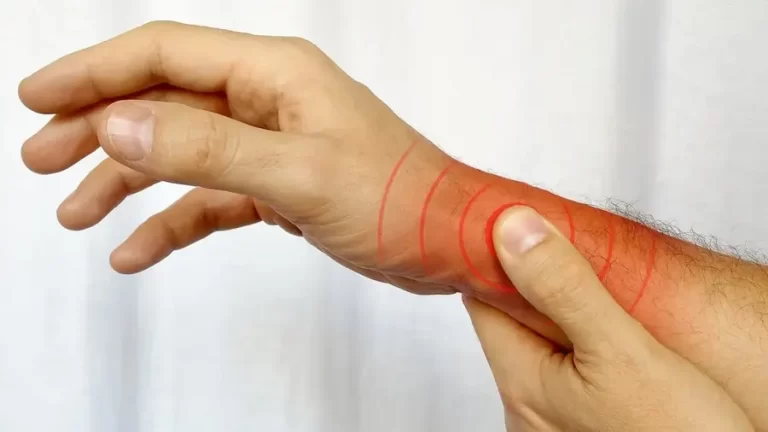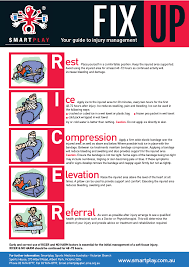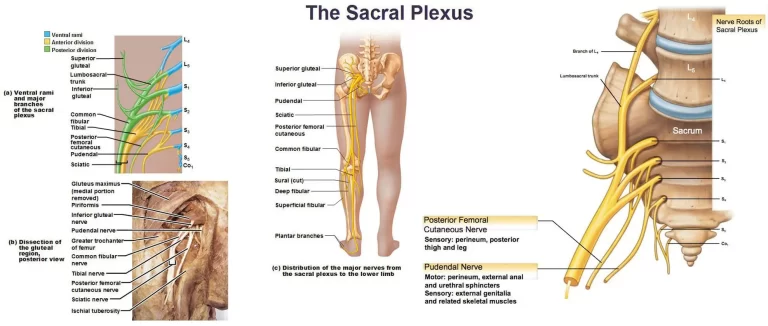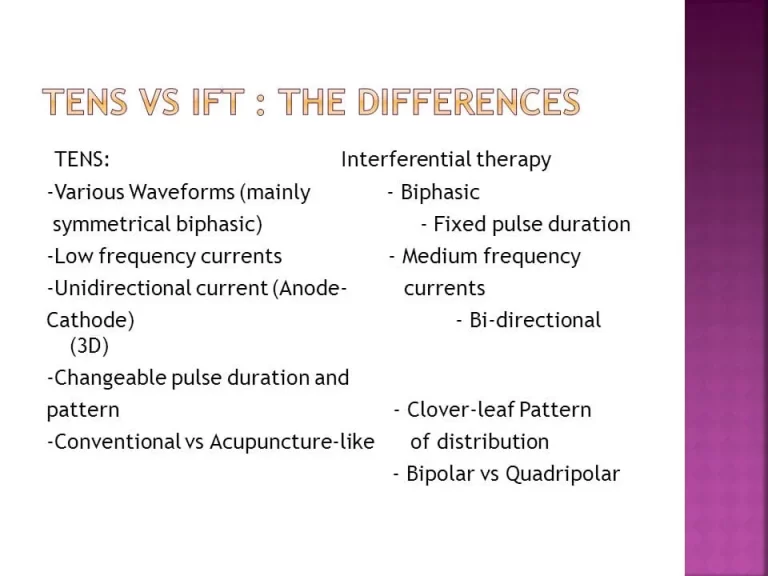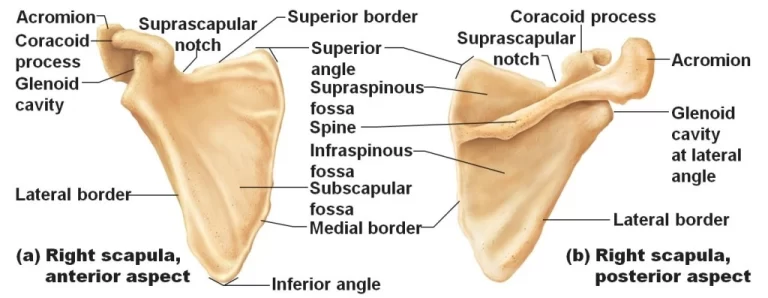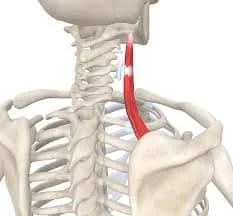Wrist Drop (Radial Nerve Palsy)
“Wrist drop” is a medical condition characterized by weakness or paralysis of the muscles that control wrist extension, resulting in the inability to lift the hand or extend the wrist properly. This condition can occur due to various underlying causes, including nerve damage, trauma, compression of nerves, or certain medical conditions such as radial nerve…

